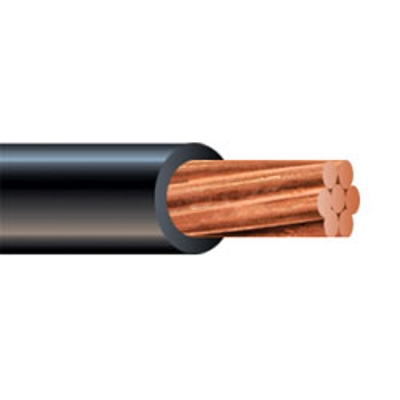Plumbing pipe is not an approved wiring method per the NEC, and that would not be code compliant. With that many wires in one conduit or direct buried in a single trench the amp rating of the wire will be reduced 70%, if your wire is 90c rated 10awg would be derated to 28 amps. You will be fine as long as the required current rating is less then that, required current rating is the total of the Isc of the strings in parallel multiplied by 1.56. You also want a ground wire to be run with the PV wires to bond the panels, and metal panel mounts, to the inverter/charge controller and connected to the building ground system.



